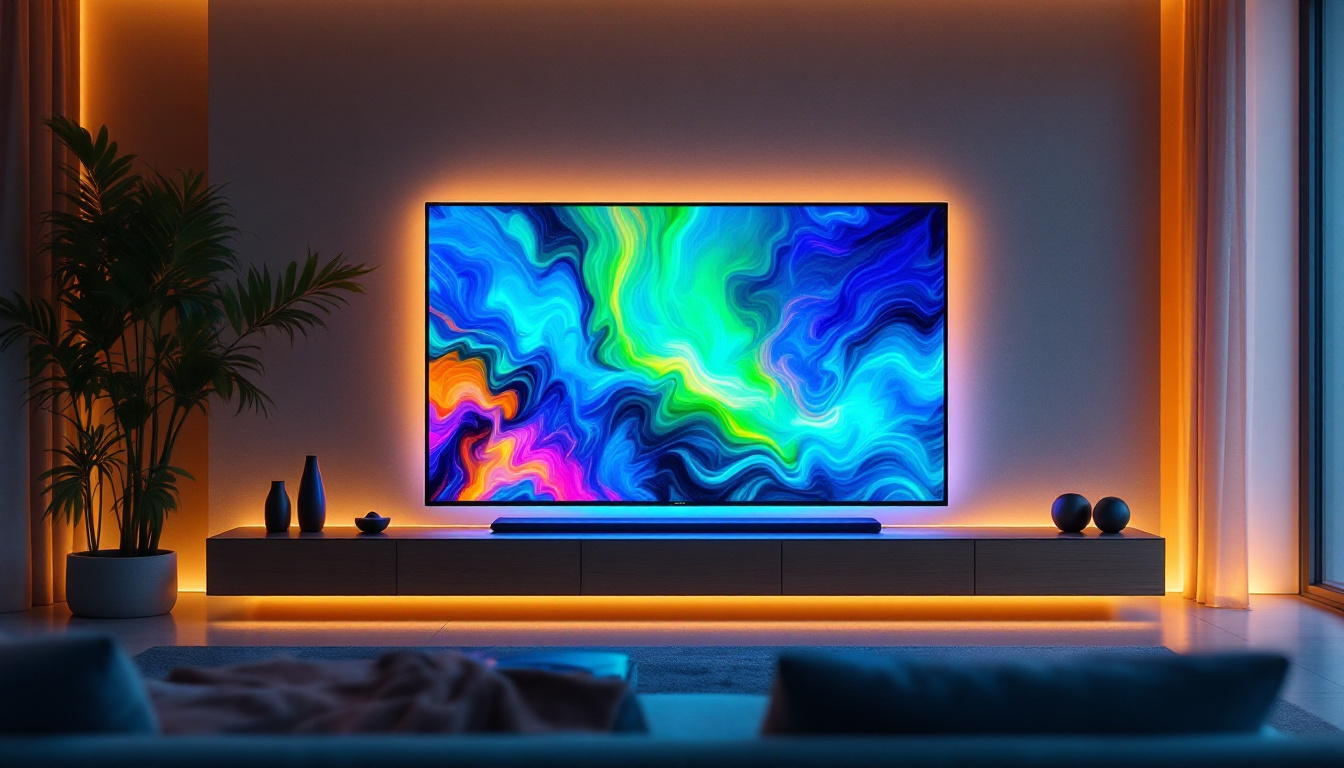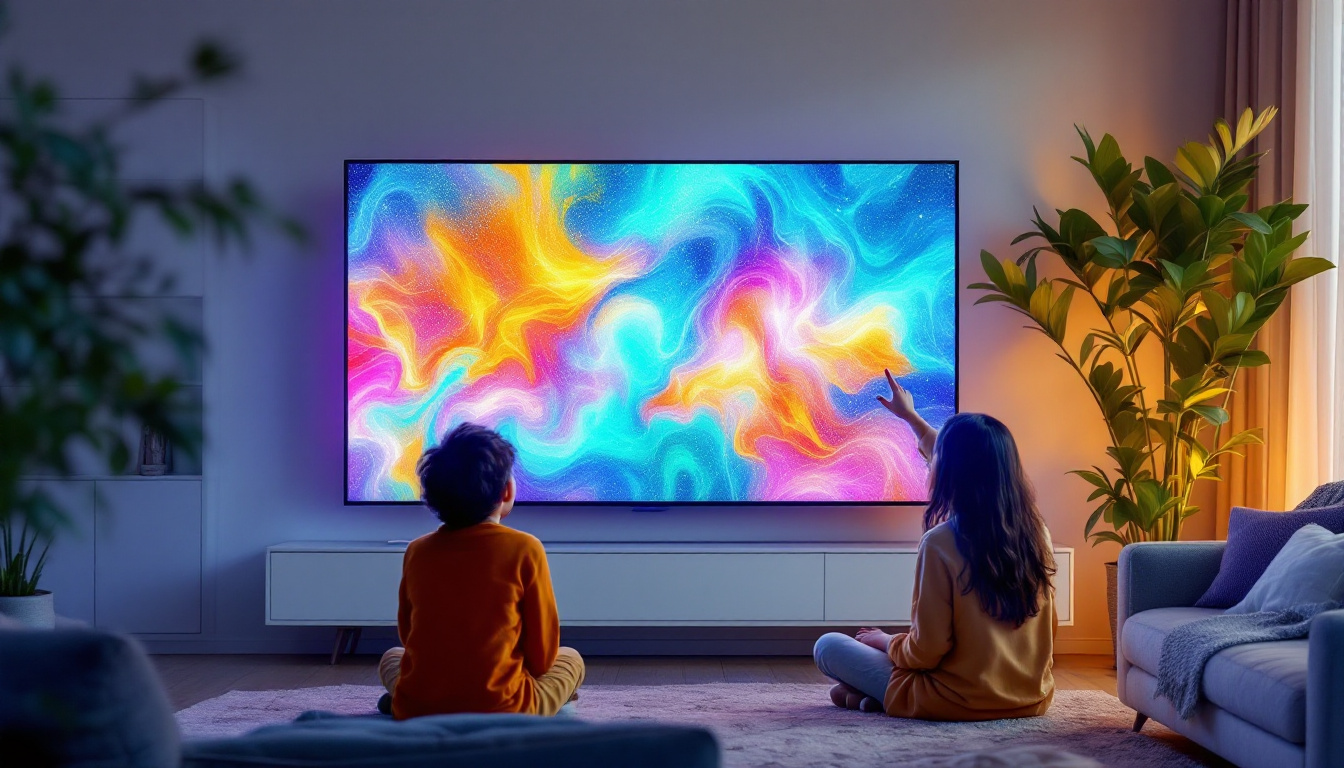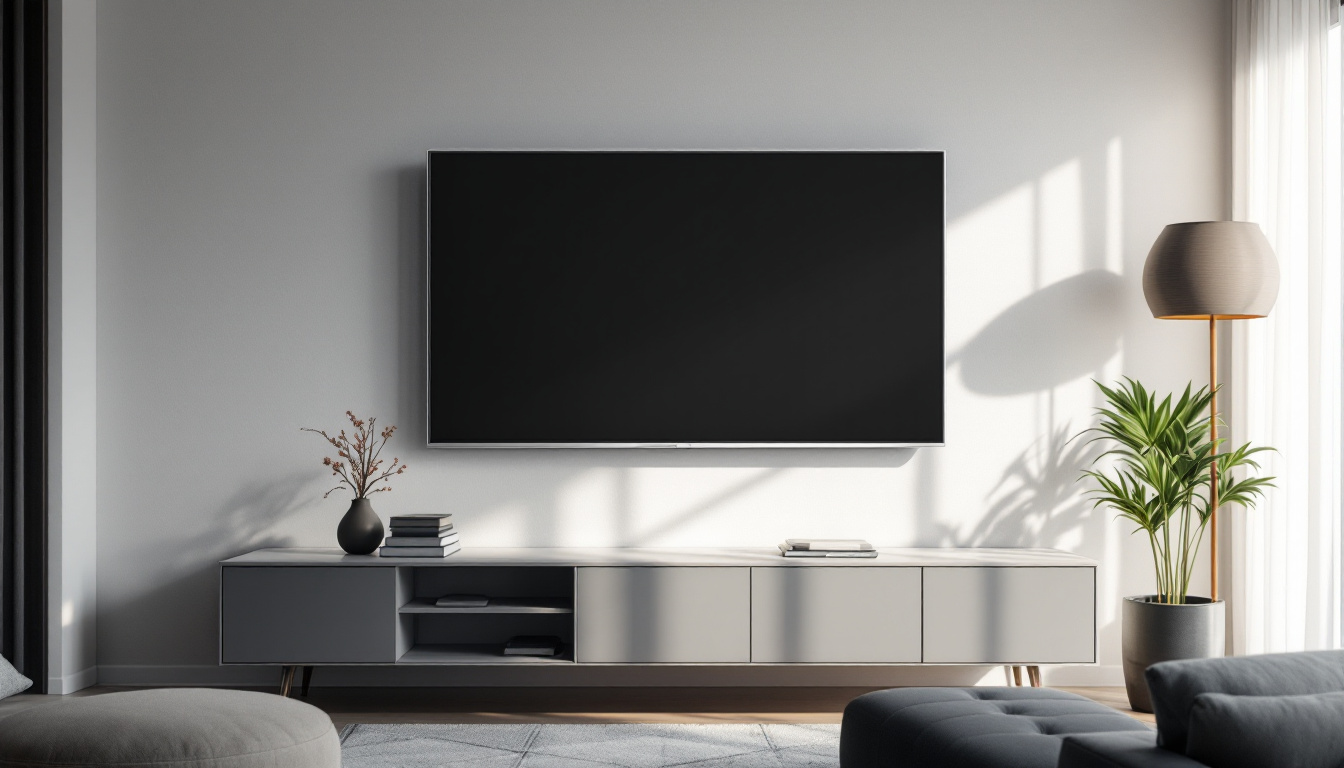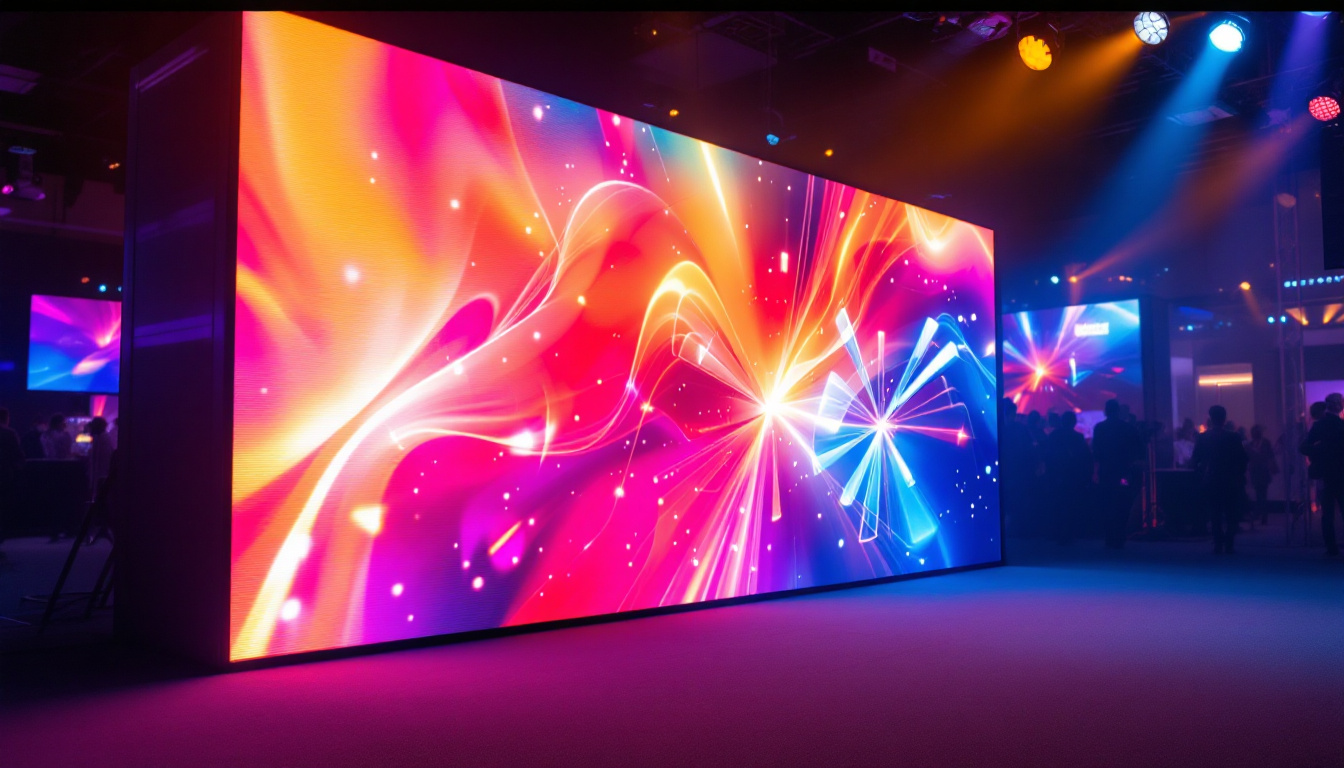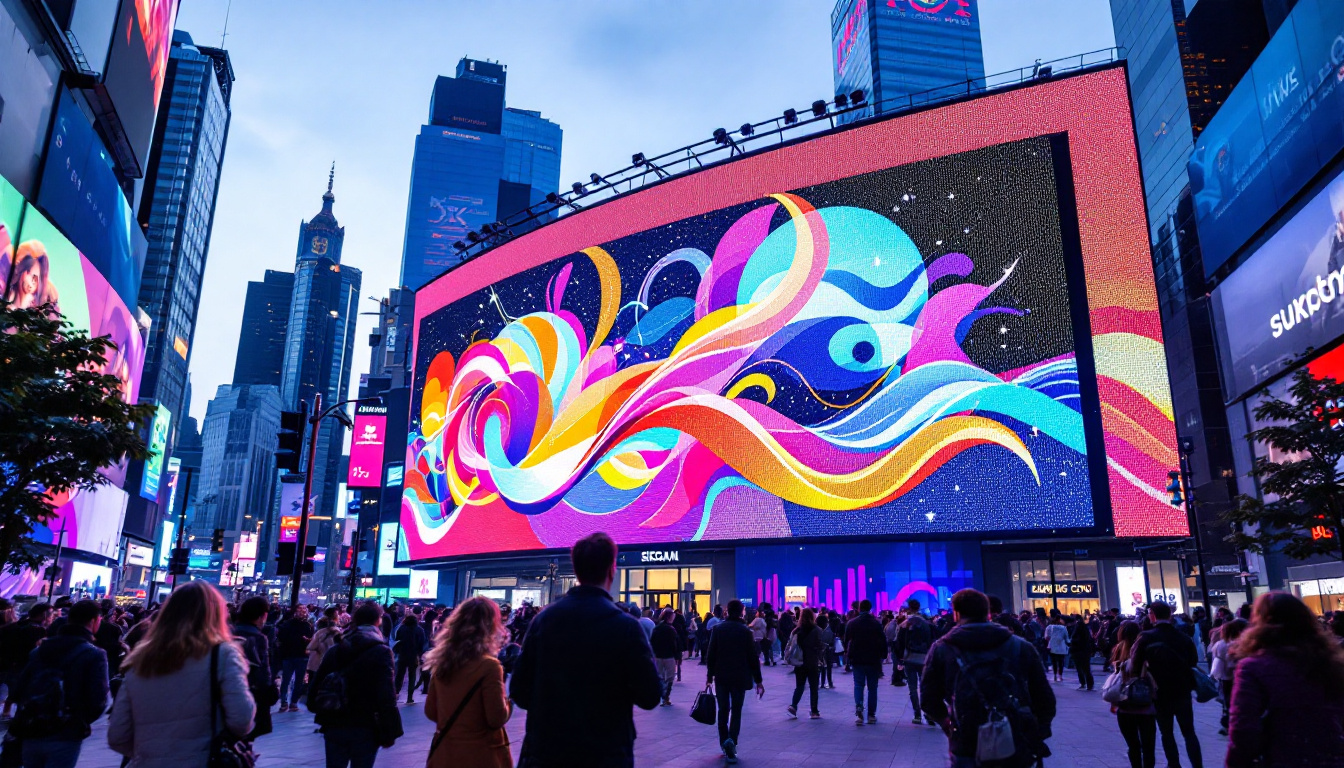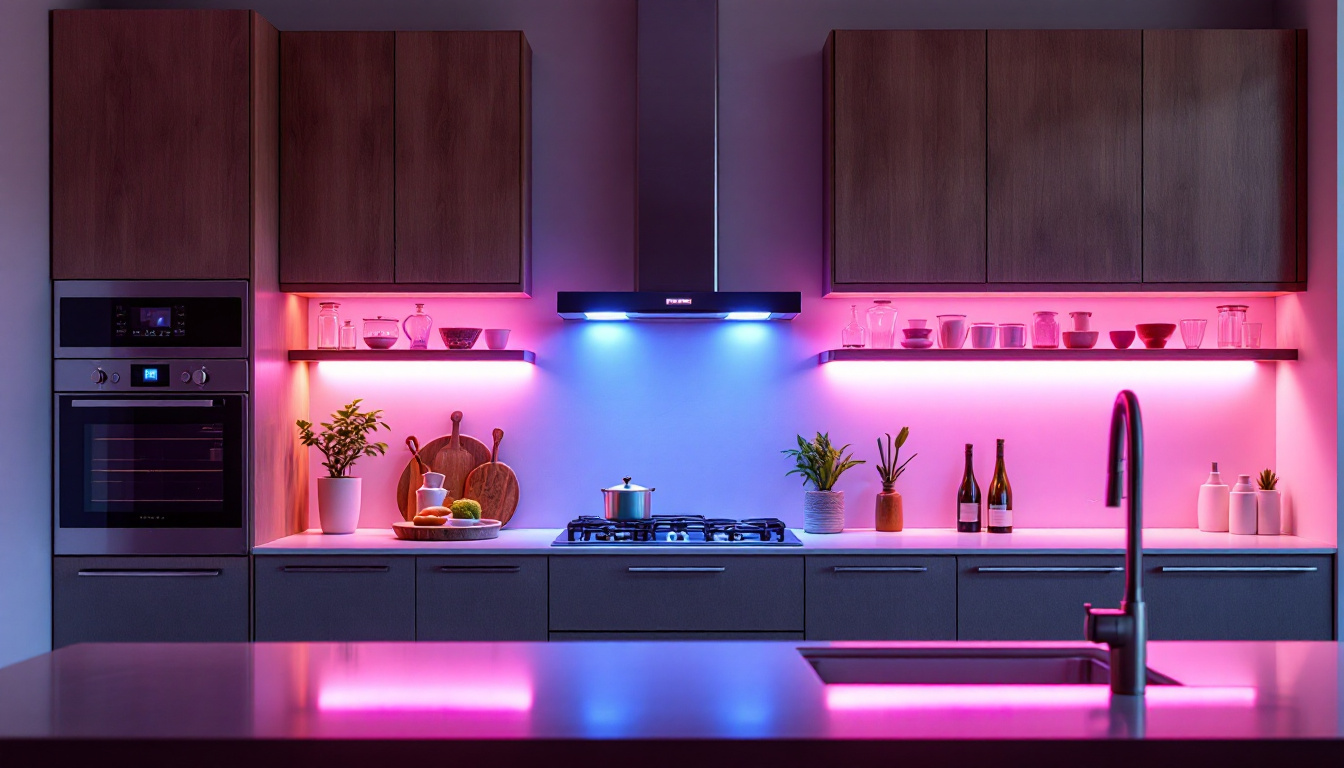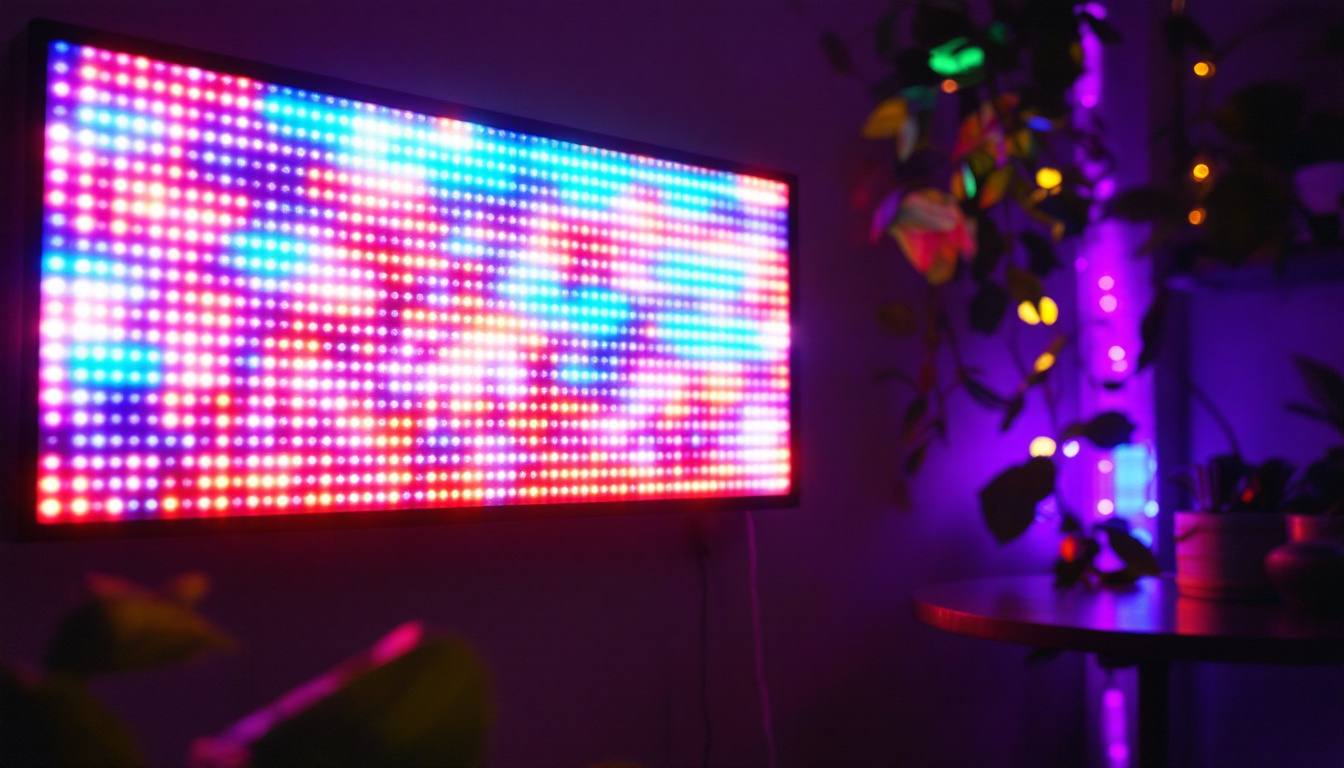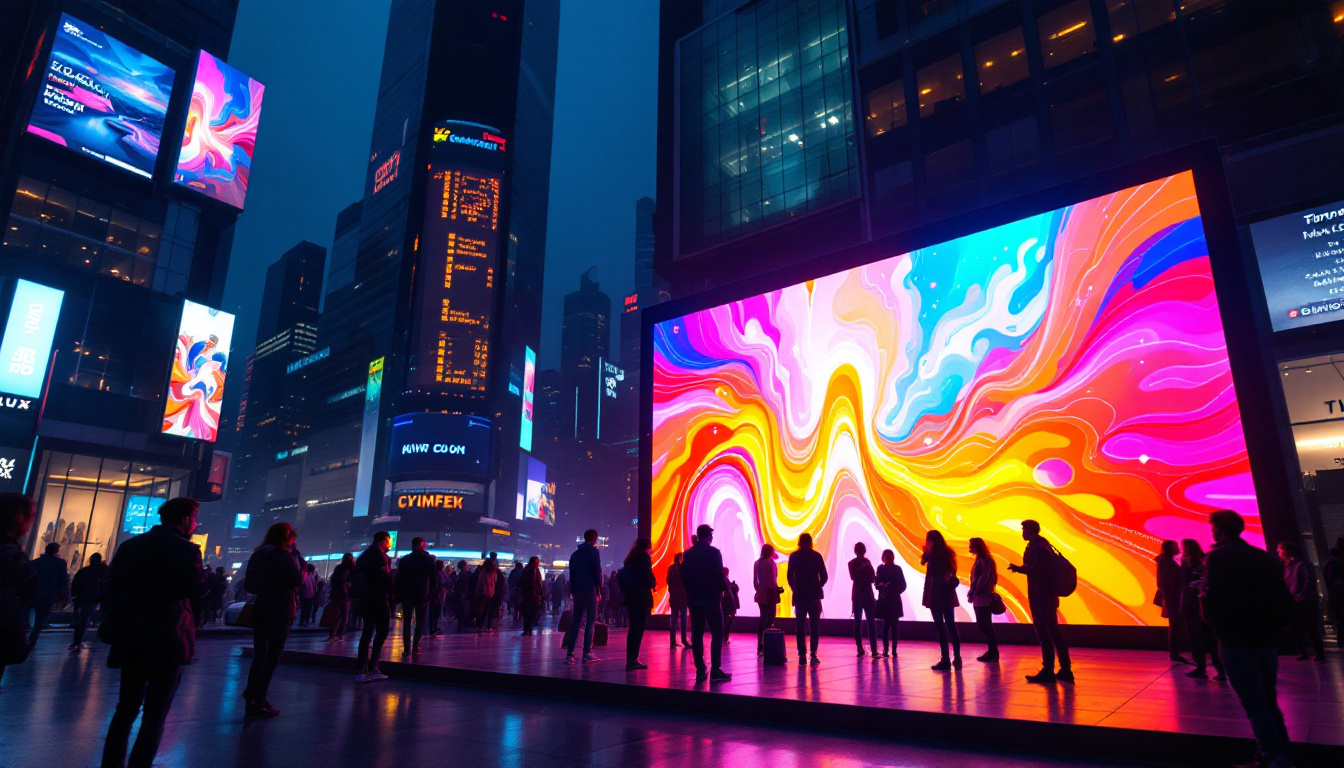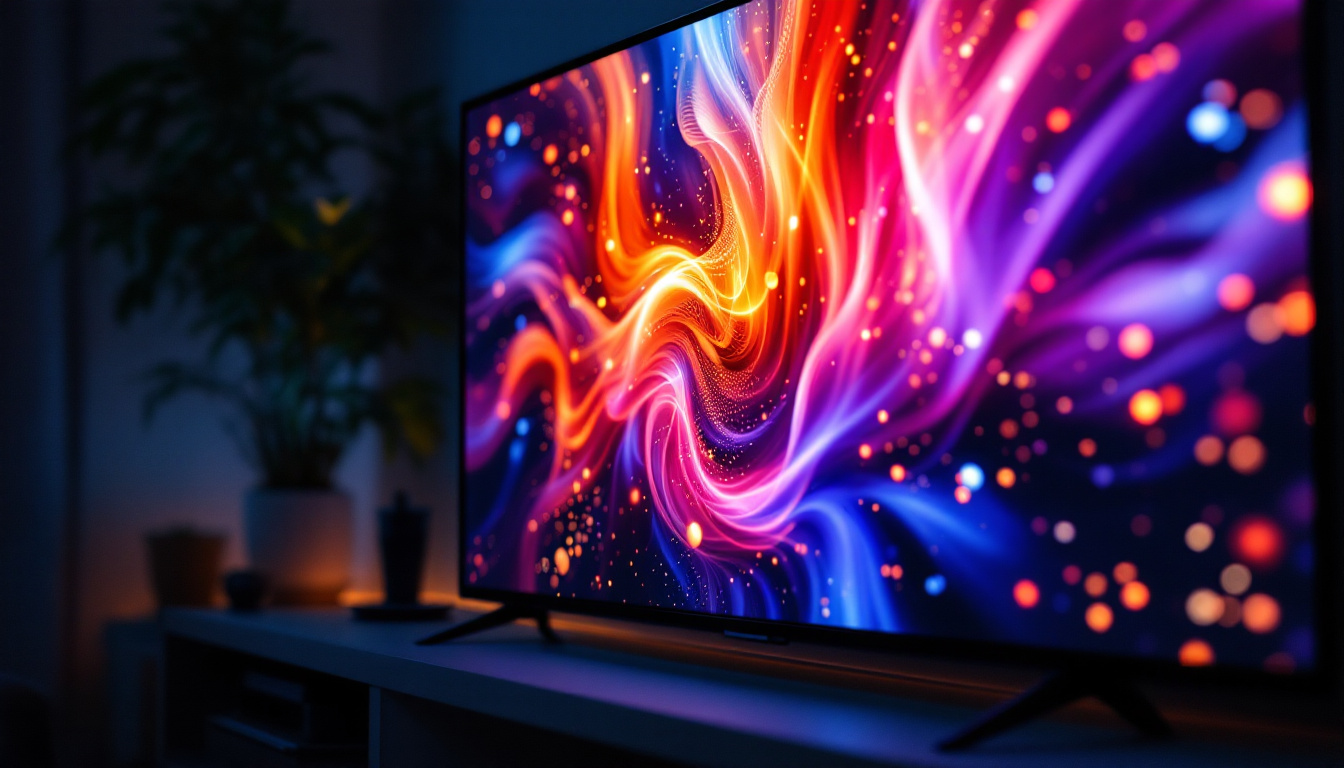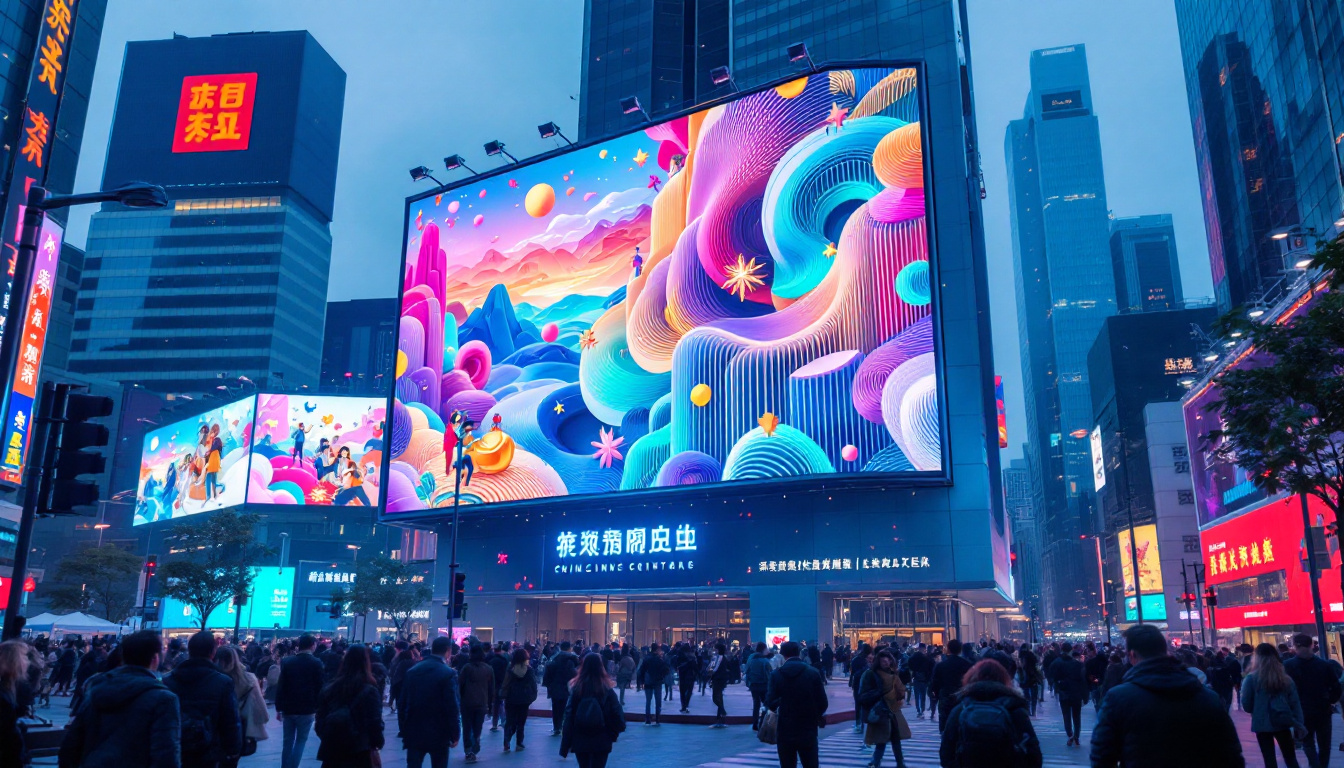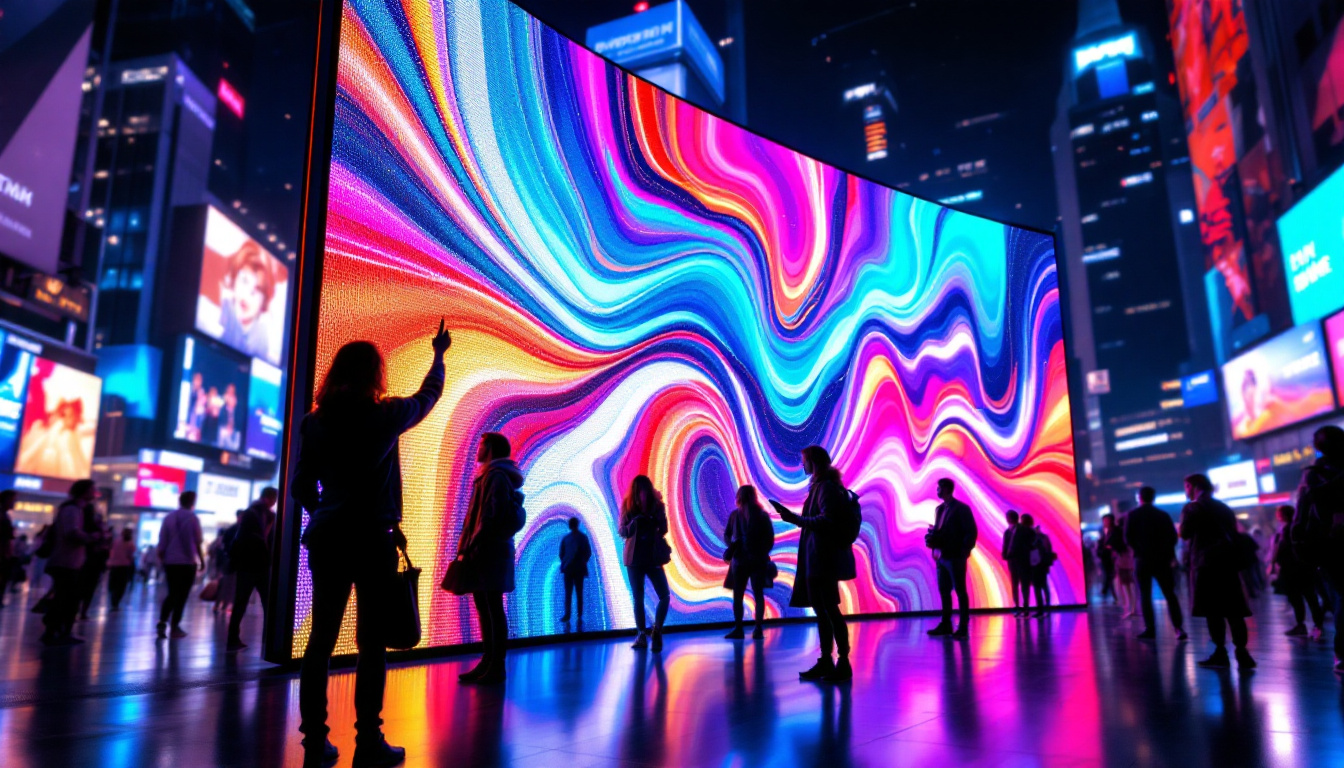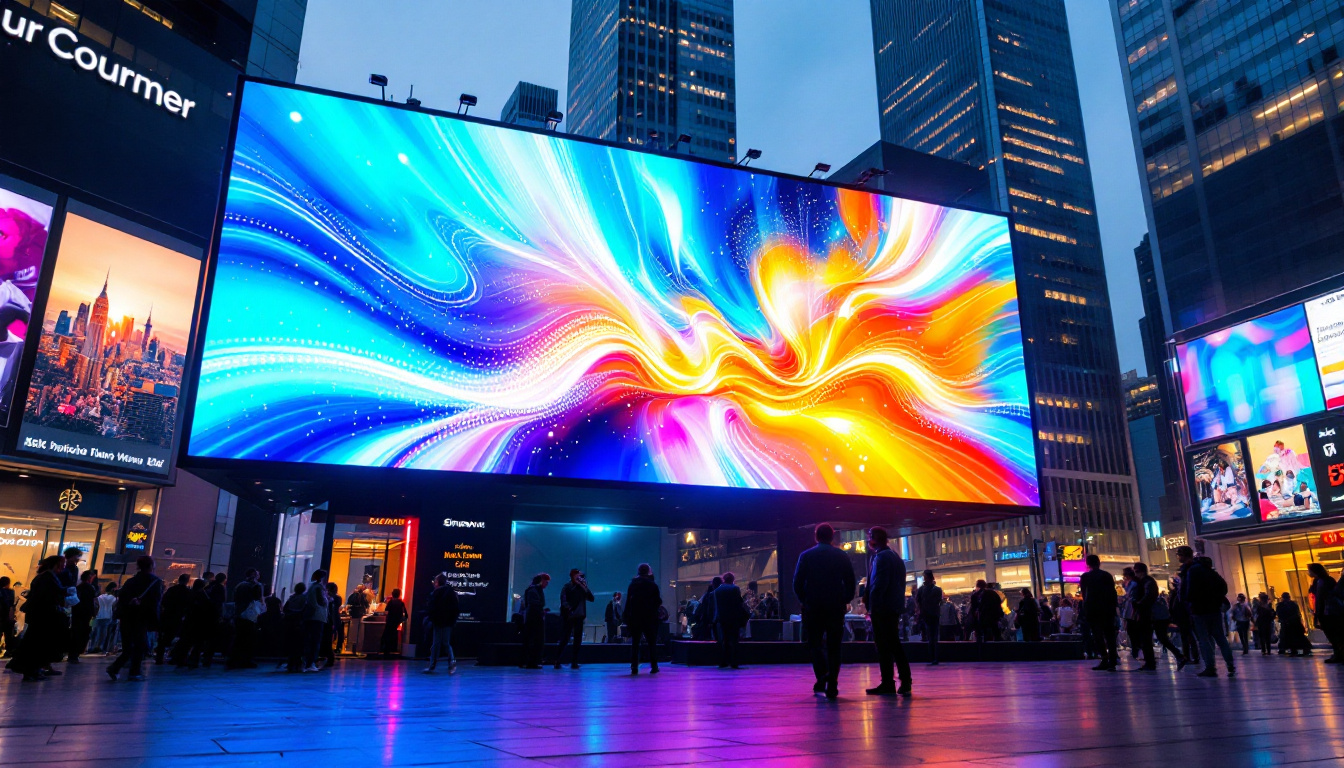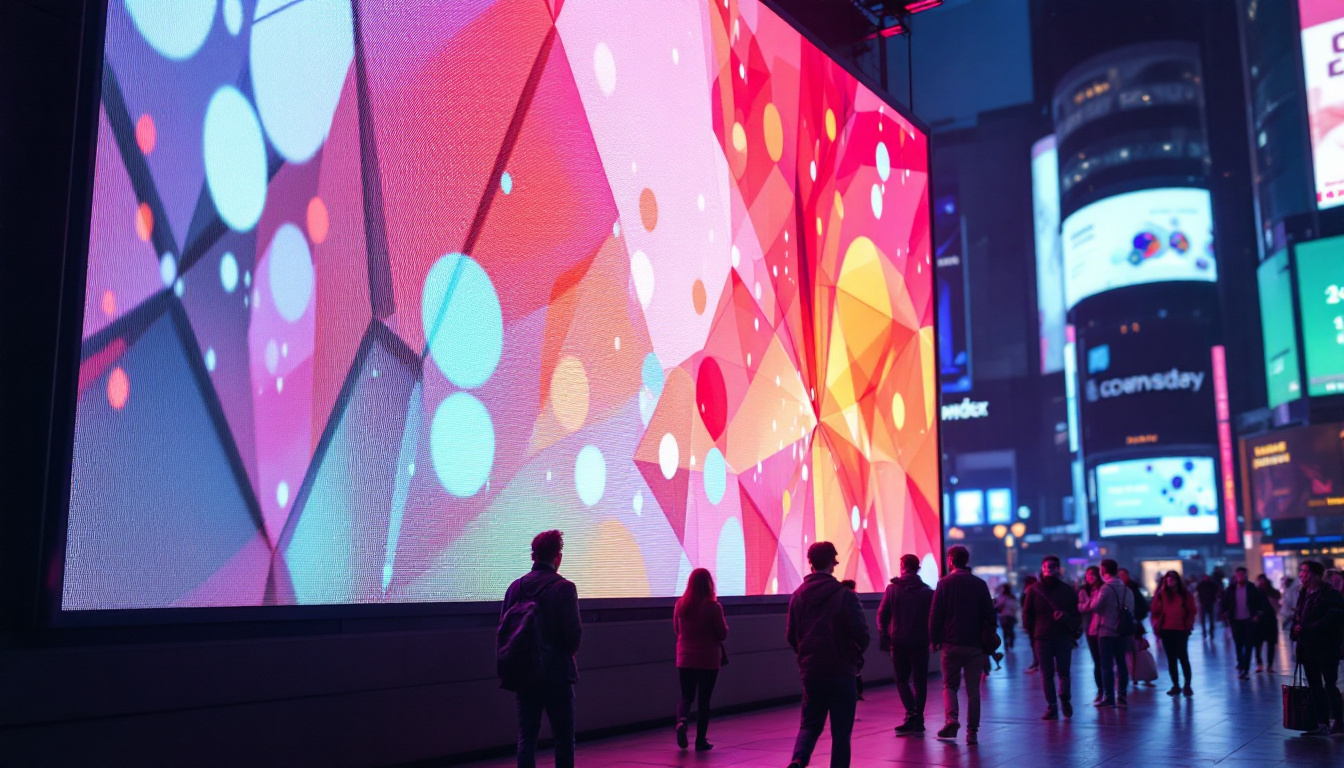Transparent TV OLED: LED Display Explained
The evolution of display technology has been nothing short of remarkable, with innovations that have transformed the way we consume media and interact with our environments. Among these advancements, transparent OLED (Organic Light Emitting Diode) displays stand out as a fascinating development, merging cutting-edge technology with aesthetic appeal. This article delves into the intricacies of transparent OLED displays, their advantages over traditional LED displays, and their potential applications in various sectors.
Understanding Transparent OLED Technology
Transparent OLED technology represents a significant leap in display capabilities, allowing screens to be both functional and visually unobtrusive. Unlike traditional displays that rely on backlighting, OLED technology utilizes organic compounds that emit light when an electric current is applied. This fundamental difference is what enables the transparency feature in OLED displays.
How Transparent OLED Works
At the core of transparent OLED technology is the use of organic materials that can emit light. When these materials are layered between transparent electrodes, they create a display that can be seen through when not in use, while still providing vibrant colors and deep blacks when activated. This unique characteristic allows for a dual functionality: a display that can show images and information while remaining largely invisible when turned off.
The construction of a transparent OLED involves several layers, including a substrate, an anode, organic layers, and a cathode. The substrate is typically made from glass or a similar transparent material, enabling light to pass through. This design not only enhances the aesthetic appeal but also opens up new possibilities for integration into various environments. For instance, transparent OLEDs can be seamlessly incorporated into retail displays, allowing customers to view products behind the screen while also showcasing dynamic content, thus creating an engaging shopping experience.
Comparison with Traditional LED Displays
Traditional LED displays, which are widely used in televisions and monitors, rely on a backlight to illuminate the screen. This results in a bulkier design and limits the potential for transparency. In contrast, transparent OLED displays do not require a backlight, allowing for a thinner profile and a more seamless integration into architectural designs.
Moreover, OLED displays offer superior contrast ratios and color accuracy compared to LED displays. The ability to turn off individual pixels results in true blacks and vibrant colors, enhancing the viewing experience. This makes transparent OLEDs particularly appealing for applications where visual quality is paramount. Beyond consumer electronics, industries such as automotive and aviation are exploring the use of transparent OLEDs for heads-up displays and cockpit interfaces, providing critical information to drivers and pilots without obstructing their view of the road or sky. This innovative approach not only enhances safety but also contributes to a more modern and high-tech aesthetic in vehicle design.
Advantages of Transparent OLED Displays
The benefits of transparent OLED technology extend beyond aesthetics and visual quality. These displays offer a range of advantages that make them suitable for various applications, from retail environments to smart home integration.
Enhanced Aesthetic Appeal
One of the most striking features of transparent OLED displays is their ability to blend seamlessly into any environment. When not in use, they can appear almost invisible, allowing for unobstructed views of the surroundings. This makes them ideal for use in retail spaces, where they can showcase products without detracting from the overall store design.
In residential settings, transparent OLEDs can be integrated into furniture or architectural features, providing a modern touch that enhances the overall aesthetic. Imagine a glass partition that can display information or art when needed, yet remains clear and unobtrusive when turned off.
Interactive Capabilities
Transparent OLED displays can also be equipped with touch-sensitive technology, allowing for interactive applications. This feature opens up new possibilities for user engagement, particularly in retail and advertising. Customers can interact with the display to learn more about products, view promotional content, or even make purchases directly through the screen.
In smart homes, these interactive displays can serve as control panels for home automation systems, providing a central hub for managing lighting, security, and entertainment systems. The transparency of the display adds an element of sophistication, making it a stylish addition to any room.
Energy Efficiency
Another significant advantage of transparent OLED technology is its energy efficiency. Since OLED displays do not require backlighting, they consume less power than traditional LED displays. This not only reduces energy costs but also contributes to a lower environmental impact, making them an attractive option for eco-conscious consumers.
Additionally, the ability to turn off individual pixels means that transparent OLED displays can conserve energy when displaying darker images or content. This adaptability further enhances their efficiency, making them a sustainable choice for both commercial and residential applications.
Applications of Transparent OLED Displays
The versatility of transparent OLED displays allows them to be utilized in a wide range of applications across various industries. From retail to automotive, the potential uses are extensive and continue to grow as the technology matures.
Retail and Advertising
In the retail sector, transparent OLED displays are revolutionizing the way products are showcased. They can be integrated into store windows, allowing retailers to display dynamic content while maintaining visibility into the store. This not only attracts customers but also enhances the shopping experience by providing information about products in real-time.
Moreover, transparent OLEDs can be used in advertising, creating eye-catching displays that engage passersby. The ability to combine transparency with vibrant visuals allows brands to stand out in crowded marketplaces, making their advertising efforts more effective.
Automotive Industry
The automotive industry is also exploring the potential of transparent OLED technology. Imagine a car windshield that can display navigation information, speed, and other critical data without obstructing the driver’s view. This heads-up display capability enhances safety and convenience, providing essential information in a non-intrusive manner.
Additionally, transparent OLEDs can be used in vehicle interiors, offering customizable ambient lighting and interactive interfaces that enhance the overall driving experience. As automotive technology continues to evolve, transparent OLEDs are likely to play a significant role in shaping the future of vehicle design.
Smart Homes and Interior Design
In smart homes, transparent OLED displays can serve multiple functions, from displaying art to providing information about the home’s systems. These displays can be integrated into walls, furniture, or even kitchen appliances, offering a modern and stylish solution for home automation.
Interior designers are increasingly incorporating transparent OLED technology into their projects, using it to create unique focal points that blend technology with aesthetics. This trend not only enhances the visual appeal of spaces but also promotes a more connected and interactive living environment.
Challenges and Limitations
While transparent OLED technology offers numerous advantages, it is not without its challenges. As with any emerging technology, there are limitations that need to be addressed to ensure its widespread adoption.
Cost Considerations
One of the primary challenges facing transparent OLED displays is their cost. Currently, the manufacturing process for OLED technology is more expensive than traditional LED displays, which can deter consumers and businesses from making the switch. As production methods improve and economies of scale are achieved, it is anticipated that costs will decrease, making transparent OLEDs more accessible.
Durability and Longevity
Another concern is the durability and longevity of transparent OLED displays. While OLED technology has made significant strides in recent years, issues such as burn-in and susceptibility to environmental factors can affect performance. Manufacturers are actively working on solutions to enhance the lifespan and resilience of these displays, but it remains a consideration for potential users.
The Future of Transparent OLED Displays
The future of transparent OLED technology is promising, with ongoing research and development aimed at overcoming current limitations. As advancements continue, it is expected that transparent OLED displays will become more prevalent across various industries.
Innovations on the Horizon
Innovations in materials science and manufacturing techniques are paving the way for more efficient and cost-effective transparent OLED displays. Researchers are exploring new organic materials that can enhance brightness, color accuracy, and longevity, addressing some of the current challenges associated with OLED technology.
Additionally, the integration of artificial intelligence and machine learning is likely to play a role in the development of smarter, more interactive displays. These advancements could lead to displays that not only provide information but also adapt to user preferences and behaviors, creating a more personalized experience.
Broader Adoption Across Industries
As the technology matures, it is anticipated that transparent OLED displays will find applications in even more sectors, including healthcare, education, and entertainment. From interactive medical displays that provide real-time patient information to educational tools that engage students in new ways, the possibilities are vast.
In entertainment, transparent OLEDs could revolutionize how content is consumed, offering immersive experiences that blend the digital and physical worlds. Imagine watching a movie where the characters appear to interact with the environment around you, creating a truly engaging cinematic experience.
Conclusion
Transparent OLED technology represents a fascinating intersection of innovation and design. With its ability to offer stunning visuals while maintaining transparency, it opens up new possibilities for how displays can be integrated into our lives. As the technology continues to evolve, it is poised to transform industries ranging from retail to automotive, creating a more interactive and connected world.
While challenges remain, ongoing advancements in materials and manufacturing are likely to address these issues, paving the way for broader adoption. As transparent OLED displays become more accessible, they will undoubtedly play a significant role in shaping the future of display technology and our interactions with the digital world.
Discover the Future of Display with LumenMatrix
Ready to elevate your visual experience and embrace the future of display technology? LumenMatrix invites you to explore our comprehensive range of LED display solutions, designed to bring your brand to life and captivate your audience. From transparent OLED displays that merge seamlessly with your environment to dynamic indoor and outdoor LED walls, our innovative products are tailored to make a lasting impression. Check out LumenMatrix LED Display Solutions today and see how we can transform your space into a canvas of endless possibilities.

